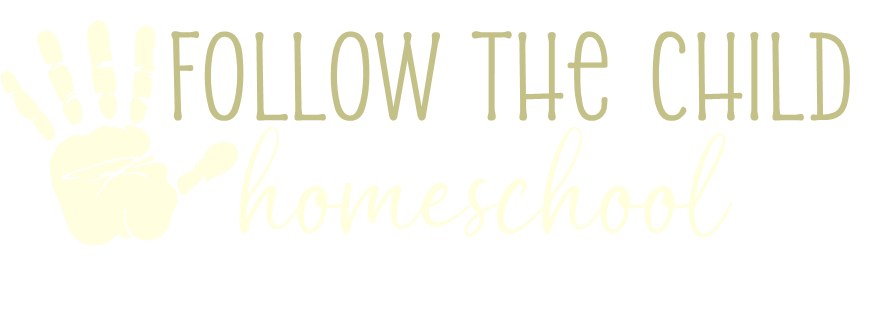The Biggest Mistake Homeschool Parents Make When Teaching Elementary Literacy
The funny thing is that there are two different ways to make this mistake, and I frequently see both.
Literacy is a multi-faceted skill. So much so that it is typically broken down into different areas of focus: spelling, reading fluency, grammar, reading comprehension, penmanship, creative writing, literature. This allows teachers to isolate specific skills for learning and practicing. The key is to bring everything back together and consolidate those separate skills into full literacy.
Many homeschool parents choose to forego either the separating out or the consolidating aspects of literacy education. I think there are a number of factors that contribute to their decision, and I firmly believe that, ultimately, the decision is theirs to make. However, I think that oftentimes it simply comes down to not knowing or understanding the importance of this approach to literacy education at the elementary level. (Keep in mind that this approach applies to both “mainstream” and Montessori methods of instruction.)
“Integrated Curriculum” and “Multi-disciplinary” are two ways of describing getting two for the price of one and maximizing efficiency for both student and teacher. For example, a student can practice reading fluency and comprehension while reading a science article on the life cycle of a butterfly. Then, s/he can write a summary of the information presented in the article, thus practicing spelling, penmanship, and creative writing. Maybe s/he finishes it off with a watercolor painting depicting the different stages of life for a butterfly. Perhaps a student practices math skills to figure out how much of different ingredients will need to be purchased to feed everyone at a large New Year celebration. In conjunction with this project, s/he also learns about the different calendars and new years that are celebrated around the world. This might involve a field trip, reading, watching a documentary, or interviewing a neighbor. S/He might prepare and give a presentation to peers describing what was learned.
These are examples of taking a “real world” approach to learning - combining language arts, science, and art; or math, social studies, and project research. They are popular in the homeschool world, and for good reason. It is practical, interesting, and saves time and money. However, it can also make it easy to overlook the need for explicit instruction in areas of need. This is the downside to teaching only from a consolidated approach.
Unfortunately, in regards specifically to literacy, it can be extremely difficult (if not impossible) to find a single curriculum that provides all of the facets of literacy with the attention and density needed to truly gain mastery. This means that a parent might be looking at having to buy a spelling curriculum, and a reading curriculum, and a writing curriculum, and a grammar curriculum….it adds up financially very quickly. This is compounded by the fact that spelling is, let’s face it, BORING. And some children LOVE to write, while others would rather pull their own teeth than pick up a pencil. So, parents are faced with spending a lot of money on something they know they are going to fight their child on or making it “fun” by combining it with a topic a child likes. I get it.
On the other hand, for some families, all those different curriculums are their bread and butter; providing a structured routine that is easy to document and establish progress forward. Moving from level to level is a clear way to demonstrate advancement of skill. But here is the question – can your child apply those skills at a real-world level?
The key is to find balance. You may not need to use a structured spelling curriculum for four or five years in a row, but you will probably need to have some sort of plan in place to work on word families, followed by themed vocabulary, and moving on to Greek and Latin roots and etymology. Maybe you only do specific penmanship exercises twice a week, even though your child writes with a pencil all five or six days. Plan on reevaluating your child’s needs every six months or so. If there is a need to focus on an isolated skill, do it! But always remember to bring it back to application of skill. Being able to combine focus of certain literacy areas with integrated projects helps your child to understand the practicality of what they are learning and how they can immediately put a newly learned skill to use. It also helps new knowledge move from short-term memory to long-term memory.
And, finally, don’t assume that just because something came easily to you as a student, that it will be the same for your children. The worst assumption a teacher can make is that a student has the same learning style that s/he does. Maybe you didn’t struggle with reading fluency…but it might be something on which your child needs a lot of explicit instruction and guided practice. Be open to slowing down and focusing on foundation before trying to lay a roof 😊
